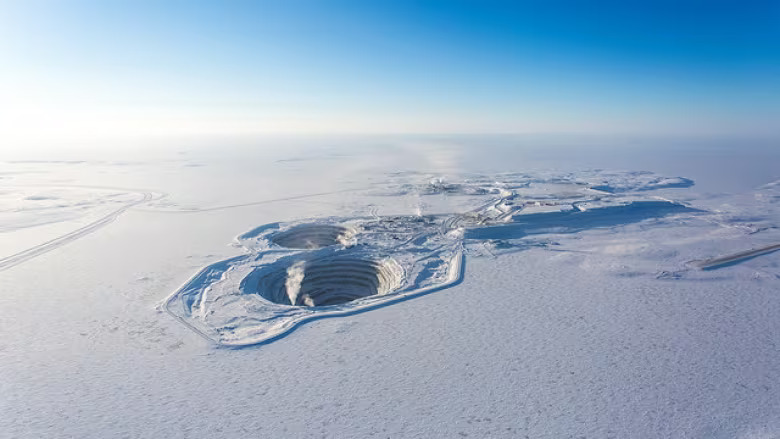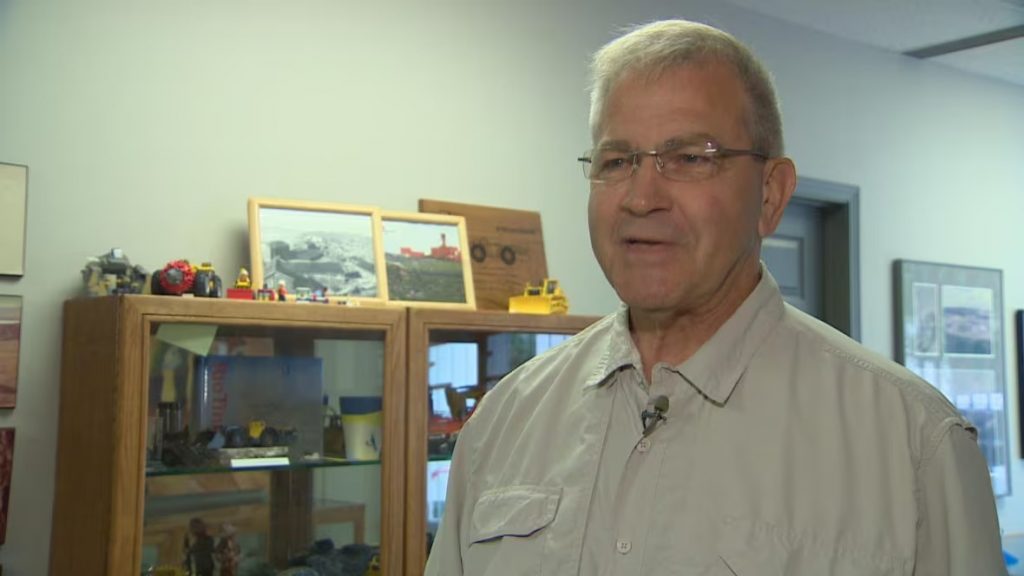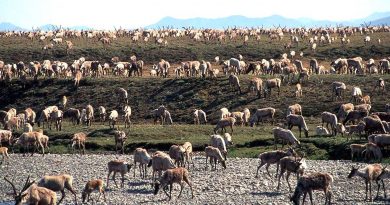All-season road between Tibbitt Lake and Lockhart Lake moves forward

Project hopes to support resource exploration, developmental activities and future economic growth, says the Government of the Northwest Territories.
The first phase of a plan to build an all-season road toward the diamond mines is trucking ahead.
The Government of the Northwest Territories plans to begin geotechnical investigations this winter for the construction of the Lockhart all-season road.
The road is the first piece in a larger gravel road that will run through the Slave Geological Province — a large, resource-rich area northeast of Yellowknife — to connect the region and its resources to the Canadian highway system.
The territory submitted an application for a land-use permit through the Mackenzie Valley Land and Water Board in October, with the hope of assessing gravel quarries and other material for the road.
While the territorial government moves forward with its geotechnical investigations, another assessment through the Mackenzie Valley Review Board is awaiting a start date.
Originally requested by the Tłı̨chǫ Government, the assessment seeks to establish a development strategy and environmental framework for the region.
‘The train has left the station’
Former MLA for Frame Lake, Kevin O’Reilly, said he’s glad to see a more substantial plan for the region. During his term, O’Reilly called particular attention to the declining numbers of Bathurst caribou in the area, and the impacts further industrialization could have on those numbers.
O’Reilly said declining diamond mines, along with the expensive and risky nature of resource exploration make developing the corridor a gamble with little benefit.
“What else could this money do for communities and job creation?” he said.
“Presumably, it’s going to be billions of dollars of public money, spent on a road that could possibly lead to some more mineral development of questionable value.”

O’Reilly said he didn’t see why the territory would push forward with the Lockhart Road before the regional assessment was complete.
“The whole reason for this study is so we don’t make mistakes and take away opportunities for future generations that are irreversible,” he said.
Mark Cliffe-Phillips, the executive director of the Mackenzie Valley Review Board, told CBC News the projects are working in tandem — but said he couldn’t comment further until the details of the assessment were finalized.
Cliffe-Phillips said the geotechnical work planned by the territory will be given a preliminary screening to assess environmental impact.
CBC News contacted the N.W.T. Department of Infrastructure for more information about how the two assessments are linked, but the department didn’t respond by deadline.
A pathway to economic development
Tom Hoefer, the executive director of the NWT and Nunavut Chamber of Mines, acknowledges the enormous infrastructure costs of the project, and said a remote mine needs to be of higher quality to be truly economic.

He said he thinks developing the Slave Geological Corridor would help the diamond mines last longer.
“There are more diamonds out there,” he said. “But we have to rejuvenate exploration investment and interest to find them, and we have to get costs down in remote areas if we want to add to successful mining
“Should we give up now? I’d say no.”
When finished, the Slave Geological Corridor will span 413 kilometres from Tibbitt Lake to the border between the N.W.T. and Nunavut.
Three diamond mines currently operate in the Slave Geological Province: Ekati, Diavik and Gahcho Kue. According to a territorial socio-economic report in 2020, the mines contributed $23 billion to the N.W.T.’s gross domestic product between 1996 and 2020.
Related stories from around the North :
Canada : Construction starts on new access road to Inuvialuit gas plant in N.W.T., CBC News
Estonia : Blog: Narva, Estonia—A would-be Arctic crossroads on Europe’s edge, Mia Bennett
Russia : 30–50% of critical northern infrastructure could be at high risk by 2050 due to warming, says study, Eye on the Arctic
United States : Growing permafrost slump threatens part of Alaska Highway, road to be moved, CBC News



